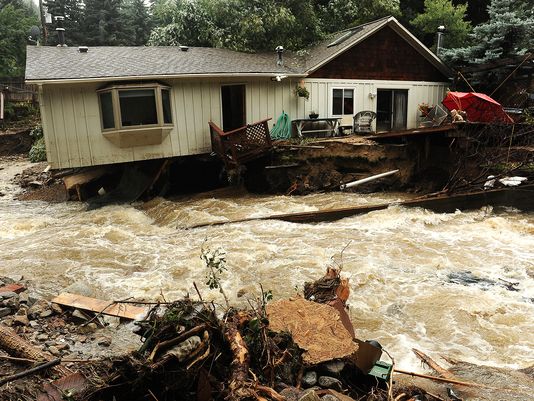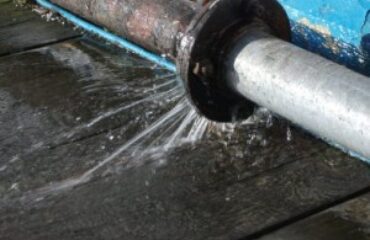 Thousands of Colorado homeowners may face a personal financial disaster in the wake of the state’s severe floods.
Thousands of Colorado homeowners may face a personal financial disaster in the wake of the state’s severe floods.
Standard homeowner insurance policies don’t cover damage from floods, and most homeowners in the state don’t have separate flood insurance.
In Colorado, only 22,000 homes and businesses have flood insurance, according to the Federal Emergency Management Agency. Most of those are residential policies.
“These are rare events so people think, ‘It’s not going to happen to me,’ ” says Robert Hunter, director of insurance for the Consumer Federation of America.
He estimates that 10% to 25% of Colorado homes in high-risk flood areas have coverage. In New Orleans and parts of Florida, coverage runs more like 50% to 60%, says Hunter, who previously ran the National Flood Insurance Program. The federal program is the main source of flood insurance coverage for homeowners, renters and businesses.
In three Colorado counties hard hit by the floods, the percentage of single-family homes with flood insurance coverage is in the low single digits, FEMA and Census Bureau data show.
Boulder County has 4,779 flood insurance policies, FEMA says, but more than 77,000 detached single-family homes, Census data shows.
El Paso County, with almost 170,000 single family homes, has 3,915 policies. Larimer County has almost 90,000 single-family homes and 1,343 policies.
FEMA urged more Colorado residents to buy flood insurance — for homes and businesses — last year after wildfires destroyed or damaged more than 344,000 acres of land.
Fires destroy natural forest barriers and increase erosion risk, flash floods, mud flows and debris flows.
“We’re in for at least 10 more years of this,” says Steve Schopper with the Colorado Springs Fire Department and the Manitou Springs Fire Department. Manitou Springs has been hit with four flash floods since last summer’s wildfires, he says.
Any homeowner with a mortgage backed by the federal government, most often through Freddie Mac or Fannie Mae, in a high-risk flood area must have flood insurance.
But even homeowners with flood insurance may not have coverage for their homes’ contents.
Joe Meckle, 53, of hard-hit Lyons estimates that he’s lost about $100,000 in chiropractor equipment from his home office.
Given that he had insurance on the home, he considers himself fortunate. He hopes to get a low-interest loan, as part of the federal disaster relief, to help rebuild his practice.
“I’m in better shape than most,” Meckle says. He feels for people who paid off mortgages and didn’t maintain flood insurance in the face of rising costs, he says.
His latest premiums — for $250,000 in coverage — ran about $2,100 a year. “When it was $50 a year, it wasn’t a big deal,” but then the cost “became significant,” he says.
Last year, Congress passed flood insurance reform, which called on FEMA to raise rates to reflect true flood risks and make the program more financially stable.
Nationally, the average flood insurance premium runs $650 a year, FEMA says.
Consumers should consider flood insurance even if they’re not in a mapped flood plain, FEMA says. Typically, 25% of damages occur outside of high-risk areas, it says. More than 90% of presidentially declared disasters include flooding, FEMA says.
[footer1]



